Following the establishment of Jamestown as the first permanent English settlement in the New World in 1607, it was set up to be the center of the Virginia Colony’s government and commerce. However, the inhospitable swampy and insect-ridden terrain at Jamestown eventually drove the settlers to higher ground a bit further inland, to Middle Plantation. Colonel John Page, a prosperous seventeenth- century Virginia merchant and landowner, owned Middle Plantation, eight miles west of the new English settlement of Jamestown. Col. Page had earlier donated some of his vast estate for the construction of the first brick Bruton Parish Church, and later donated over 300 acres of his Middle Plantation for the development of a new town, Williamsburg.
The original settlement of Middle Plantation had grown up around a seventeenth-century palisade built as a defense against Indian attack. By 1690, it was a small village composed of stores, mills, a tavern, Bruton Parish Church, along with assorted homes. With its proximity to the James and York Rivers, and its healthier climes than nearby Jamestown, the location was an attractive one for the early colonists. When the Jamestown courthouse burned for the fourth time in 1688, Middle Plantation became the locus for colonists who envisioned a capital city equal to their aspirations. The name Middle Plantation was changed to Williamsburg, in honor of William III, King of England, in 1699.
Since that time, Williamsburg has become perhaps most well-known as the birthplace of democratic governmental principles among the patriots before and during the American Revolution, and today the restored colonial city – now known as Colonial Williamsburg – is one of the most popular tourist destinations in the world. Here, history comes alive in the most preserved colonial city on the continent.
When the eighteenth century began, the young Williamsburg capital was laid out in a pattern of squares and perpendicular avenues. The Market Square, or town commons, and a main street stretching from the newly constructed Capitol Building to the recently established College of William and Mary were the key elements to the plan. The Capitol and the College, founded in 1693, represented stability and continuity to the early settlers. By the eve of the American Revolution, Williamsburg was a thriving center of commerce and government, with a vibrant population of 2,000 people, half of whom were slaves. Gunsmiths, tailors, carpenters, bakers, merchants, clerks, along with their slaves all worked to form the economic nucleus for the governmental system being developed by the capital city’s growing number of politicians and lawyers.
Perhaps the most important institution in town by the middle of the eighteenth-century was the tavern. Taverns were not just for drinking; they were the heart of political, social, and cultural discourse, especially as trouble brewed with England. In the late evening and even into the wee hours of the early morning colonial Virginians often exchanged their ideas of liberty and freedom for the nation-to-be. Moreover, the young city had become a center of learning, with famous political leaders, such as Thomas Jefferson, James Monroe, and John Tyler, emerging from the College of William and Mary, today the second oldest college in the United States. Others, such as Patrick Henry, also became active in developing the emerging political philosophy of what was to become a new nation.
The prominent role Williamsburg played in the events leading to the Revolutionary War is well known. In 1765, Patrick Henry delivered his rousing Stamp Act Speech at the House of Burgesses here, crying “Caesar had his Brutus, Charles I his Cromwell, and George III—may
he profit from their example.” Later, the First Continental Congress was called in 1774 and the Revolution ended just thirteen miles away, with the surrender of Cornwallis to General Washington on the fields of Yorktown in 1781, with the birth of American independence.
When the Virginia capital moved again, this time to Richmond in 1780, Williamsburg reverted to a quiet college town and rural county seat. In retrospect, Williamsburg’s loss of capital city status was its salvation as many eighteenth- century buildings survived into the early twentieth century. The restoration of Williamsburg began in 1926 with the rector of Bruton Parish Church bringing the city’s importance to the attention
of John D. Rockefeller, Jr., who then funded and led the massive reconstruction of the colonial city as we see it today. Today, Williamsburg is known internationally as the premier center for the preservation and interpretation of American colonial history. Over 300 acres of buildings and streets preserved as they were in the eighteenth- century, including 88 original eighteenth-century structures and hundreds of houses, shops, and public buildings. Most have been reconstructed with their original foundations, complete with costumed actors, typically graduate-trained historians. Located in the Historical Triangle of Virginia—just eight miles from Jamestown and thirteen from Yorktown and linked by the National Park Service’s bucolic twenty-three mile long Colonial Parkway, the area is carefully shielded from views of modern commercial development. A visit to the restored Colonial Williamsburg is a step back in time to a thriving eighteenth-century community. It has been described as “a theater of living history where merchants sell their wares, craftspeople ply their trades and patriots sit in dark corners and whisper of revolution. Today, Colonial Williamsburg’s authentic character and baroque town plan is the pride of the nation.” The historic area interprets the life and excitement of Colonial Virginia—and American—history. We can still hear the words of Patrick Henry, perhaps faintly yet distinctly in the far off distance, “I have but one lamp by which my feet are guided, and that is the lamp of experience. I know of no way of judging of the future but by the past.” Come to Williamsburg, not just for the stimulation of the SCL conference, but also for the intellectual discourse in the taverns of Colonial Williamsburg with colleagues from near and far, our eyes lit by the lamp of historical experience so that we might help lead a new generation towards the future.


